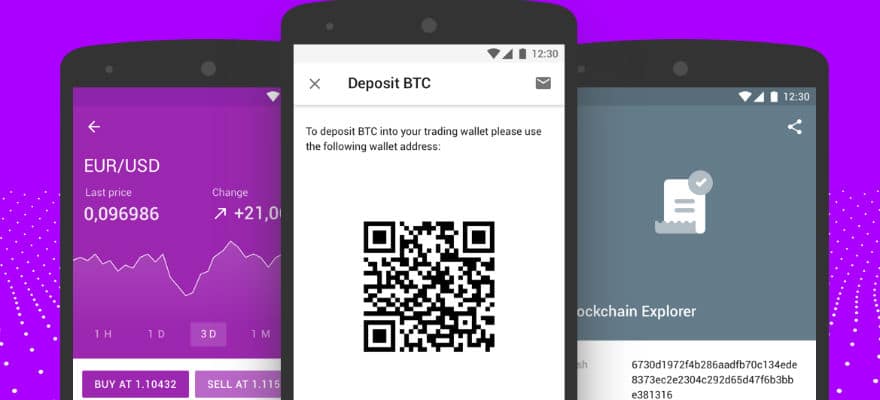The network handling the majority of modern international interbank messages, SWIFT (Society for Worldwide Interbank Financial Telecommunication), has launched a Proof of Concept (PoC) to determine how Blockchain or distributed ledger technology (DLT) could help banks improve the reconciliation of their nostro databases in real time.
To unlock the Asian market, register now to the iFX EXPO in Hong Kong.
The test is part of SWIFT’s global Payments innovation (gpi) initiative, which was launched in December 2015 to deliver a new standard in cross-border payments. With more than 90 banks signed up, representing more than 75% of its cross-border payments traffic, SWIFT says the initiative has seen tremendous industry support and is set to go live in early 2017.
“Whilst existing DLTs are not currently mature enough for cross-border payments, this technology, bolstered by some additional features from SWIFT, may be interesting for the associated account reconciliation,” says Wim Raymaekers, Head of Banking Market and SWIFT gpi at SWIFT. “This PoC gives us the opportunity to test DLT and determine if it can be applied to this particular use case.”
The developers at SWIFT say they will deploy the open-source Hyperledger technology, and combine it with key SWIFT assets to bring it in line with the financial industry’s requirements. Using a private blockchain in a closed user group environment, with specific user profiles and strong data controls, user privileges and data access will be strictly governed.
Damien Vanderveken, Head of R&D, SWIFT Labs and User Experience at SWIFT, adds: “SWIFT will leverage its strong governance, PKI security scheme, BIC legal identifier framework and liquidity standards expertise to deliver a distinctive DLT PoC platform for the benefit of its community.”

















